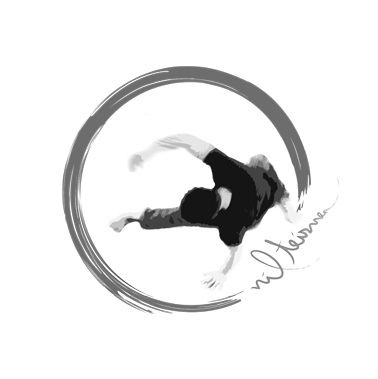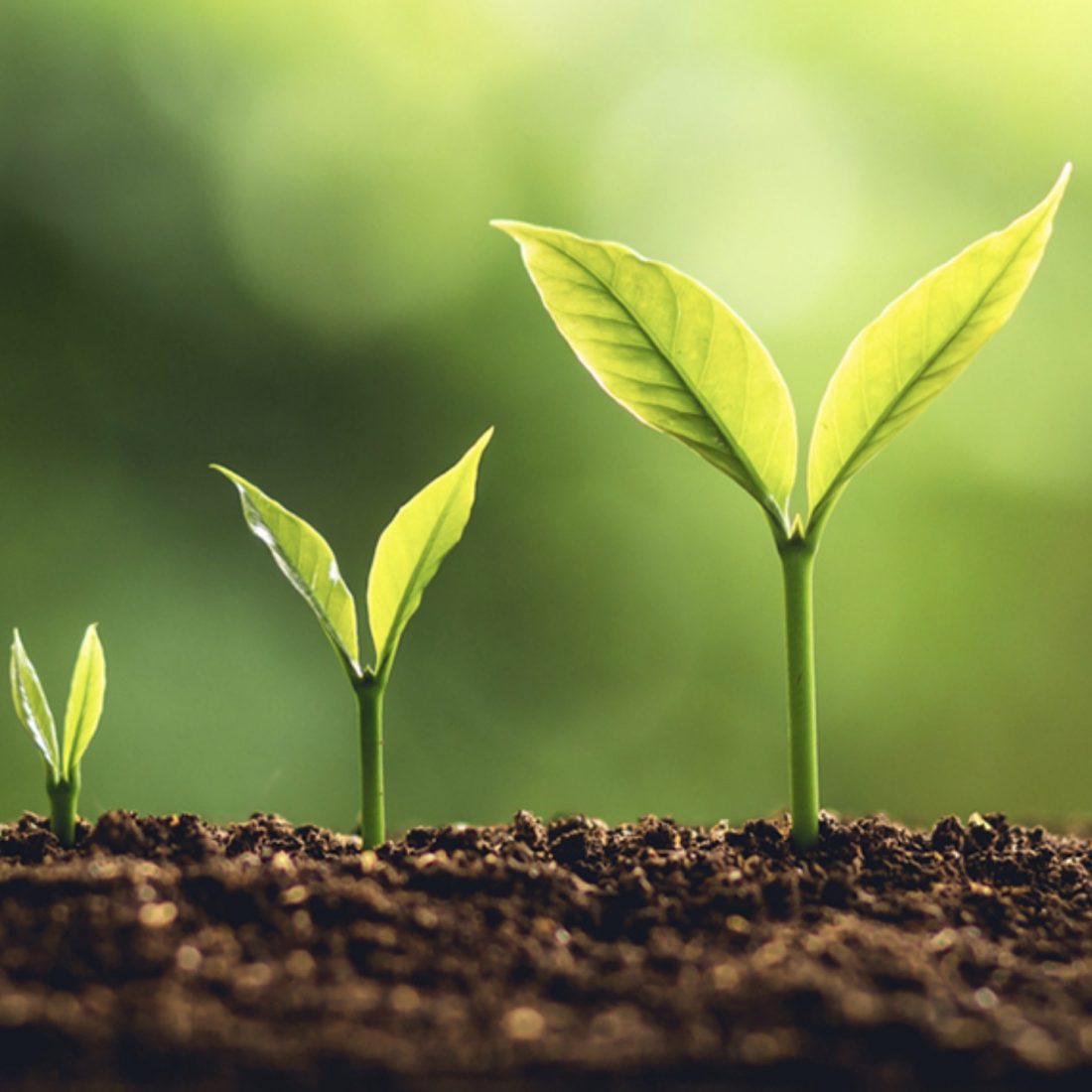Processes
One of my interests for the last couple of years has been the topic of learning and how we can understand learning in order to learn smarter. One of the main “laboratories” to look at learning is looking at a process of learning something. Either a micro process (a few minutes, or a practice session) or a macro process (weeks, months, years). In this post I share some processes of mine and some written reflections.
A Process 🌊🌀🌱
Here are some clips from a week long process of @wbrown7 and me with the goal to create a technically hard (precision-demanding, tricky transitions) and rather long sequence. The sequence should integrate some ideas which we have been working on in the warm ups: head integration, spiraling, threading, suspension to name a few.
We worked and practiced every day and in the end found something challenging yet possible.
When swiping through the post keep in mind that you are seeing the process from start to finish (rough sketching and trying to finished sequence). Also keep in mind that most of the tries where actually fails (only some shown) and that the bulk of creating such a sequence consists of trying to remember parts, working on isolated transitions, the feeling that something is lacking, etc..
In the end we were happy but also see the potential for more refinements and further work on details. We are still hungry.
Swipe till the end to see how my cat/falling training pays off. 😎
Learning the Touch Down Raiz
Sharing today some parts of my learning process from the Touch Down Raiz (which is basically a Raiz plus you Land first on a hand and then on your legs).
This move is very appealing to me, done right it looks easy and effortless and can be used to gain massive momentum for something else afterwards. If you are a beginner, learning bridge rotations, first steps towards a gumbi and revercao would make sense to walk first steps on the TD Raiz path.
Anyways. Some words about the learning process. To be honest what was hindering me from performing this move was not something technical (at least not to the level that I can perform it in a low grade technical way) but the weird and scary feeling of jumping blindly in this upside down move.
After warming up with similar moves (Raiz, Sailor Moon variant) I started to develop a feeling of security and more and more went for it. When I felt I was going in weird places I would come back to the listed regressions and start over.
What also helped me was the use of visualization: building a mental image in my head and repeatedly trying to act out this image.
Now comes a very important part: after you acted out this image you need a feedback in order to see if you actually did what you wanted OR you fell back in your habitual patterns. Feldenkrais and F.M. Alexander both found in their studies that only assessing the outcome through your only feeling is misleading and „untrustworthy“. This is mostly because what feels right is your habitual way of doing something. Therefore it makes sense to use a different source of feedback.
Since we all have mobile phones with a camera, why not use this tool? Immediately after performing something, check in the video if your feeling while performing is correct or if you did something different. This way you can adapt a more trustworthy feeling and use this later on.
Actually my good friend @wbrown7 posted something similar about his learning process of an One Armed Handstand the other day, definitely check this out.
Also, the topic of motor learning can be applied to any given physical skill. Therefore try to see how you can apply this information in your own context.
The Process
1 Minute Video showing the Process of learning a trick in about 20 minutes.
Well, actually just parts of it.
Insights into how I build layers and complexity.
Persistance 1
Watch me learn. How do I learn? What do I do to not get frustrated while learning? What tips do I have for you?
In this mini videoseries (I ended up only creating two parts) I wanted to give insights into a learning process of learning rather complex moves. In addition to the visual I also added some spoken reflections to these videos where I captured what was going on inside of my head. The outcome is a rather fascinating little video.
Persistance 2
Going for the new.
Some things I share here from my practice are quite raw, unrefined and projects that are definitely not finished. I think giving you insights into my process is more authentic than showing only my refined skills, etc.
Work in progress, this is a cool one.

Having the process in mind
“I want to be that agile too!” “I want to be able to do a handstand too!”
A great statement in itself! Being mobile is fun and a prerequisite for many movements. Handstands eh sure – cool thing!
But what I’m missing here is the way to get there. “I want to be, I want to have, I want to be able…”. Often you only see the end result. The way there – years of practice and constantly making mistakes, learning from them and trying again and again – is often forgotten. So you really want to be able to do a handstand? Then you have to LEARN it first. Learning, however, is not always fun. You will often make mistakes (which are important by the way – they are a necessity!) and often not make any progress for a while. There is nothing you can do about it, there is no magic pill to learn handstands in 10 days, no magic cure to wake up the day after tomorrow with your desired mobility. Learning processes take time.
Of course, you have the option to decide which approach you want to take: a strict training plan, watching YouTube videos on your own, learning from others who have achieved similar things or getting help from experienced trainers.
For me, I have found that a playful approach mixed with my own experience and scientifically proven knowledge gets the best results. Training plans definitely need to be individual and flexible. Too much can happen to plan weeks or even months in advance. Too strict an approach leads in most cases sooner or later to demotivation and the training is no longer fun. For me, having fun while exercising is one of the top factors that determines long-term results!

